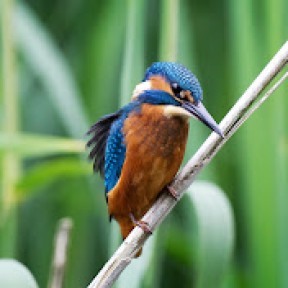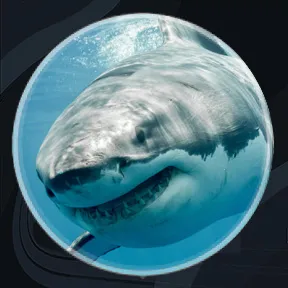The Unique Biology of Cephalopods
Cephalopods exhibit some incredible features. Out of all 8,000 living species of marine invertebrates in the oceans, by far the largest, most deadly and most intelligent are the cephalopods.
A class of highly developed mollusks that includes octopuses, squid, cuttlefish and the mysterious nautilus. Their graceful fluid movements, vibrant colour changes and complex brains make them one of the most peculiar and important groups of organisms in our oceans.
The largest - the giant squid - measures longer than a school bus, while the smallest could sit atop your finger. Let’s take a closer look at these diverse and often alien-looking invertebrates.
00:00 - An Introduction to Cephalopods
00:48 - The Diversity of Cephalopods
01:12 - The Structure of Cephalopods
01:50 - The Intelligence of Octopuses
02:34 - The Unique Appendages of Squid
03:05 - Bioluminescence in Cephalopods
03:26 - Adaptations of the Firefly Squid
03:59 - How Cephalopods Change Colour
04:56 - Mimicry in the Mimic Octopus Explained
05:38 - Courtship in Cuttlefish
05:52 - The Unique Anatomy of the Nautilus
06:27 - Deep Sea Gigantism in Cephalopods
06:44 - The Creepy Magnapinna Squid (Bigfin Squid)
07:42 - Gigantism in the Humboldt Squid
07:56 - Gigantism in the Giant Squid
08:25 - The Role of Cephalopods in the Ecosystem
09:20 - Conclusion
















































